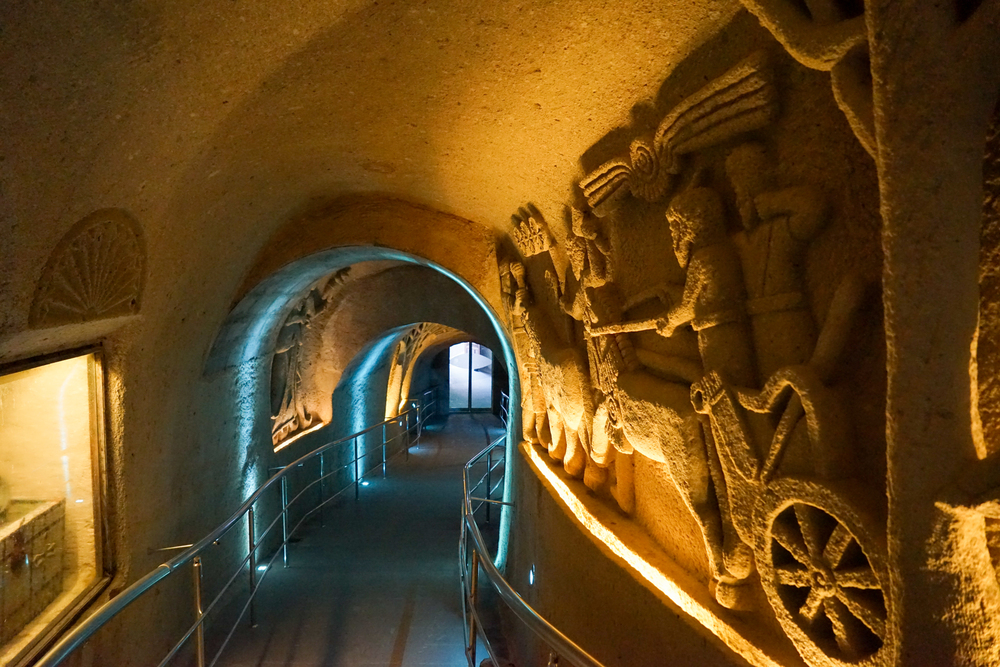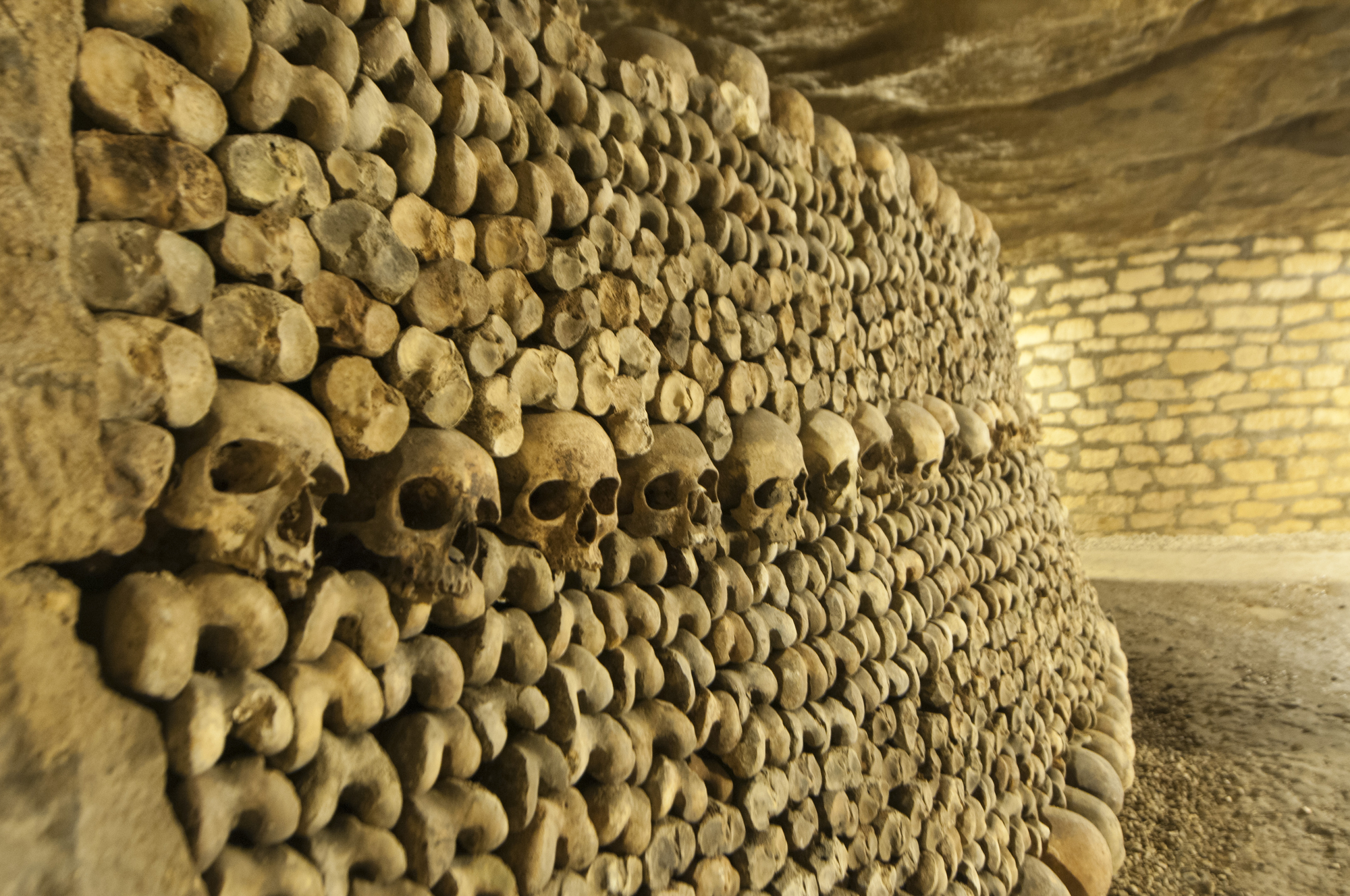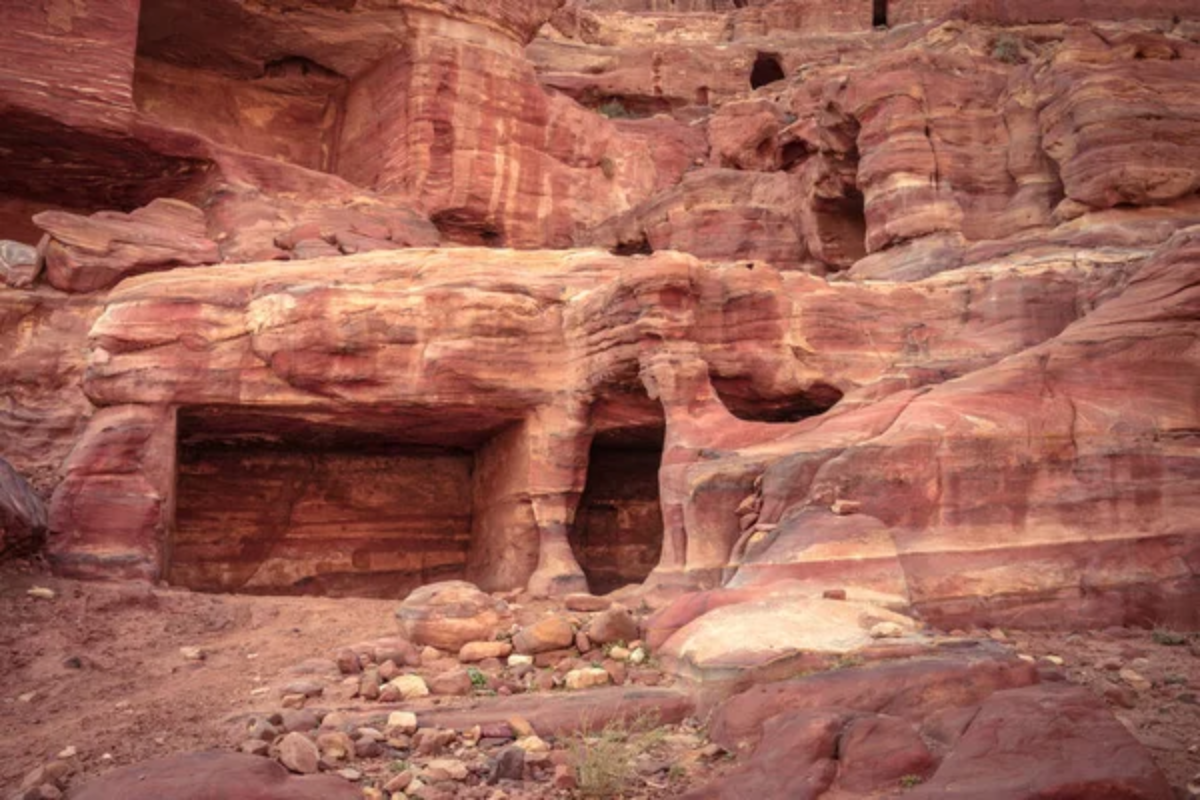Something almost magical happens when you descend into the earth and discover entire civilizations that once thrived beneath our feet. These underground cities weren’t just hiding spots during tough times—they were complete communities with homes, shops, churches, and even livestock areas.
Many of these subterranean marvels remain accessible today, offering visitors a chance to walk through history in the most literal sense possible. Ready to explore some of the world’s most fascinating underground communities?
Here is a list of 19 underground cities that you can actually visit and experience firsthand.
Derinkuyu, Turkey

Derinkuyu plunges about 280 feet down and could house around 20,000 people back in its heyday. The city has 18 levels connected by narrow tunnels, complete with ventilation shafts that still work perfectly today.
Walking through these passages feels like stepping into an ancient apartment complex where entire families lived completely underground for months at a time.
Kaymakli, Turkey

Just 6 miles from Derinkuyu, Kaymakli offers a different underground experience with wider tunnels yet lower ceilings. This eight-level city was home to about 3,500 people and features some of the most impressive wine cellars you’ll ever see carved into rock.
The connecting tunnel between Kaymakli and Derinkuyu stretches for miles, though it’s not open to tourists.
Like Travel Pug’s content? Follow us on MSN.
Catacombs of Paris, France

Under the City of Light is a tunnel system containing the bones of more than six million individuals, while it’s also where Parisians found refuge through different wars. The structured bone exhibitions may sound gruesome, but they are a centuries-old testament to Parisian life and death.
The tunnels run for miles and contain spaces where individuals actually resided during World War II.
Edinburgh’s Underground City, Scotland

Old Edinburgh literally built itself on top of the old city, creating a fascinating underground world of sealed closes and wynds. The Real Mary King’s Close offers tours through 16th-century streets that were simply covered over when the city expanded upward.
You can see preserved rooms where families lived, worked, and died during plague outbreaks.
Seattle Underground, Washington

When Seattle decided to raise its street level in the 1890s, it created an accidental underground city from the old first floors of buildings. Today’s ground level was once the second story, leaving an entire network of sidewalks, storefronts, and even bathrooms beneath modern Seattle.
The tours here feel like exploring a Wild West ghost town that accidentally got buried.
Like Travel Pug’s content? Follow us on MSN.
Coober Pedy, Australia

Half the population of this opal mining town lives underground to escape the brutal desert heat that can reach 120°F above ground. The underground homes maintain a comfortable 75°F temperature year-round without the need for air conditioning.
You can stay in underground hotels, visit underground churches, and even play golf that’s adapted to underground life, though the course itself is above ground.
Montreal’s Underground City, Canada

RESO connects over 120 buildings through 20 miles of tunnels, making it possible to live, work, and shop without ever going outside during harsh Canadian winters. This modern underground city serves about half a million people daily, and includes shopping centers, hotels, and subway stations.
It’s like having an entire parallel city running beneath Montreal.
Naours Underground City, France

This chalk cave city housed up to 3,000 people and their livestock during times of war, with some areas dating back to the 9th century. The 2-mile network includes 300 rooms, stables, and even a chapel carved directly into the chalk walls.
Graffiti from World War I soldiers still covers many walls, adding a haunting personal touch to the experience.
Like Travel Pug’s content? Follow us on MSN.
Orvieto Underground, Italy

Beneath this hilltop town lie over 1,200 caves and tunnels that residents have used for everything from wine storage to bomb shelters. The Etruscans started digging these caves over 2,500 years ago—and every generation since has added their touches.
Some areas include medieval wells that drop over 175 feet straight down into the earth.
Kish Underground City, Iran

This 2,500-year-old underground city features a sophisticated ventilation system that still keeps the tunnels cool in Iran’s desert climate. The main tunnel stretches for about 10 miles while connecting to dozens of smaller chambers and passageways.
Ancient Persian engineers designed this place so well that you can walk through it comfortably even when it’s scorching hot above ground.
Dixia Cheng, Beijing, China

Built during the Cold War as a massive bomb shelter, this underground city was designed to house Beijing’s entire population of four million people. The tunnel system covers about 33 square miles yet includes hospitals, schools, and even factories.
Though most areas remain closed to tourists, guided tours show sections that feel like stepping into a 1960s time capsule.
Like Travel Pug’s content? Follow us on MSN.
Crystal Cave, Bermuda

This underwater cave system was accidentally discovered when workers were building a golf course and broke through the ceiling. The crystal-clear pools reflect stunning limestone formations that took millions of years to create.
Unlike other underground cities built by humans, this one was carved entirely by nature, although people later used it for shelter and ceremonies.
Củ Chi Tunnels, Vietnam

This massive tunnel network stretches for over 150 miles while housing thousands of people during wartime conflicts. The tunnels include living quarters, hospitals, schools, and even theaters where people maintained normal life underground.
Many entrances are so well hidden and small that you’d walk right past them without knowing an entire city exists below.
Lalibela, Ethiopia

These aren’t exactly tunnels yet, but rather churches carved downward into solid rock, creating an underground holy city. Eleven churches were hewn directly from the bedrock in the 12th century, connected by tunnels and trenches.
The Church of St. George, carved in the shape of a perfect cross, sits 40 feet below ground level, though it remains an active pilgrimage site.
Like Travel Pug’s content? Follow us on MSN.
Guanajuato, Mexico

The entire historic center sits above a network of tunnels that were originally built as flood control but became underground streets. These tunnels now carry both pedestrian and vehicle traffic beneath the colonial city above.
You can walk or drive through tunnels that connect different neighborhoods, making it feel like the city has two distinct levels.
Duluth Pedway System, Minnesota

This modern underground city connects most of downtown Duluth through climate-controlled walkways and shopping areas. The system links hotels, shops, restaurants, and offices so residents can avoid harsh winter weather that regularly drops below zero.
It’s proof that underground cities aren’t just historical curiosities but practical solutions for modern living.
Underground Atlanta, Georgia

This entertainment district sits beneath modern Atlanta’s streets, built from the original ground level before the city raised its roads. The area includes the remains of 19th-century storefronts, complete with their original facades and street layouts.
Walking through here feels like exploring an indoor Wild West town that got preserved under glass.
Like Travel Pug’s content? Follow us on MSN.
Ozkonak, Turkey

Smaller than its famous neighbors yet equally impressive, Ozkonak could shelter about 60,000 people across 10 underground levels. The city features unique defensive systems, including openings in tunnel ceilings where defenders could pour boiling oil on invaders.
The ventilation system comprises over 300 air shafts, which keep the air fresh, even with thousands of people living below ground.
Petra’s Underground Areas, Jordan

While most people know Petra for its famous facade carved into red rock, extensive underground chambers and tunnels lie beneath the ancient city. These include water management systems, storage areas, and living quarters that supported the Nabataean civilization.
The underground sections show how this desert city managed to thrive in one of the world’s harshest environments.
Walking Through History’s Hidden Chapters

These underground cities remind us that human ingenuity has always found ways to adapt and survive, whether escaping persecution, avoiding harsh weather, or simply making life more comfortable. From ancient civilizations carving entire communities from solid rock to modern cities building climate-controlled tunnel networks, the impulse to go underground spans cultures and centuries.
Each of these places offers a unique window into how our ancestors lived, worked, and thrived in spaces most of us would consider impossibly challenging. The next time you walk down a busy street, remember that there might be an entire world of history just a few feet beneath your shoes, waiting to tell its story to anyone curious enough to descend and listen.
Like Travel Pug’s content? Follow us on MSN.
MMore from Travel Pug

- 20 Best Beach Towns in the Carolinas
- 13 Destinations Where Tourists Regularly Regret Their Trip
- 20 Destinations That Are More Magical Without an Itinerary
- 20 Underrated Adventures That Belong on Your Travel List
- 20 Cities Where You Should Just Wing It, No Planning Required
Like Travel Pug’s content? Follow us on MSN.
